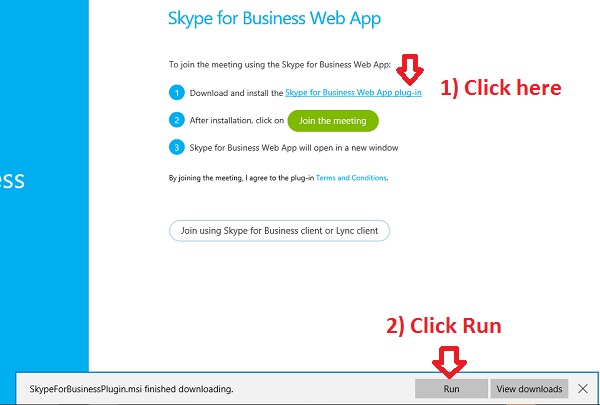

All prerequisites should already be in place. If you’re running an in-place upgrade from Lync Server 2013, Download and install KB2533263.You can point this to any other location that has this data. “ -Source D:\sources\sxs” is the location of the .Net framework installation files, located on the “Sources\SXS” folder on your Windows Server 2012 installation media.Run the following from an elevated PowerShell console:Īdd-WindowsFeature RSAT-ADDS, Web-Server, Web-Static-Content, Web-Default-Doc, Web-Http-Errors, Web-Asp-Net, Web-Net-Ext, Web-ISAPI-Ext, Web-ISAPI-Filter, Web-Http-Logging, Web-Log-Libraries, Web-Request-Monitor, Web-Http-Tracing, Web-Basic-Auth, Web-Windows-Auth, Web-Client-Auth, Web-Filtering, Web-Stat-Compression, Web-Dyn-Compression, NET-WCF-HTTP-Activation45, Web-Asp-Net45, Web-Mgmt-Tools, Web-Scripting-Tools, Web-Mgmt-Compat, Desktop-Experience, Telnet-Client, BITS -Source D:\sources\sxs.First, make sure you’re patched and up to date with Windows updates.

The following procedure assumes you already have Lync 2013 installed on your system, so all prerequisites should already be installed. However, if you’re in-place upgrading from an existing installation of Lync 2013, you might like to use your existing Windows 2008R2 server.
INSTALL SKYPE FOR BUSINESS 2013 HOW TO
Here’s how to get it done: Windows Server 2008R2: Microsoft recommends that you only install Skype for Business Server 2015 on Windows Server 2012 or 2012R2. Skype for Business Server 2015 is here now, along with a new set of demands to install it right on your Windows Server.


 0 kommentar(er)
0 kommentar(er)
